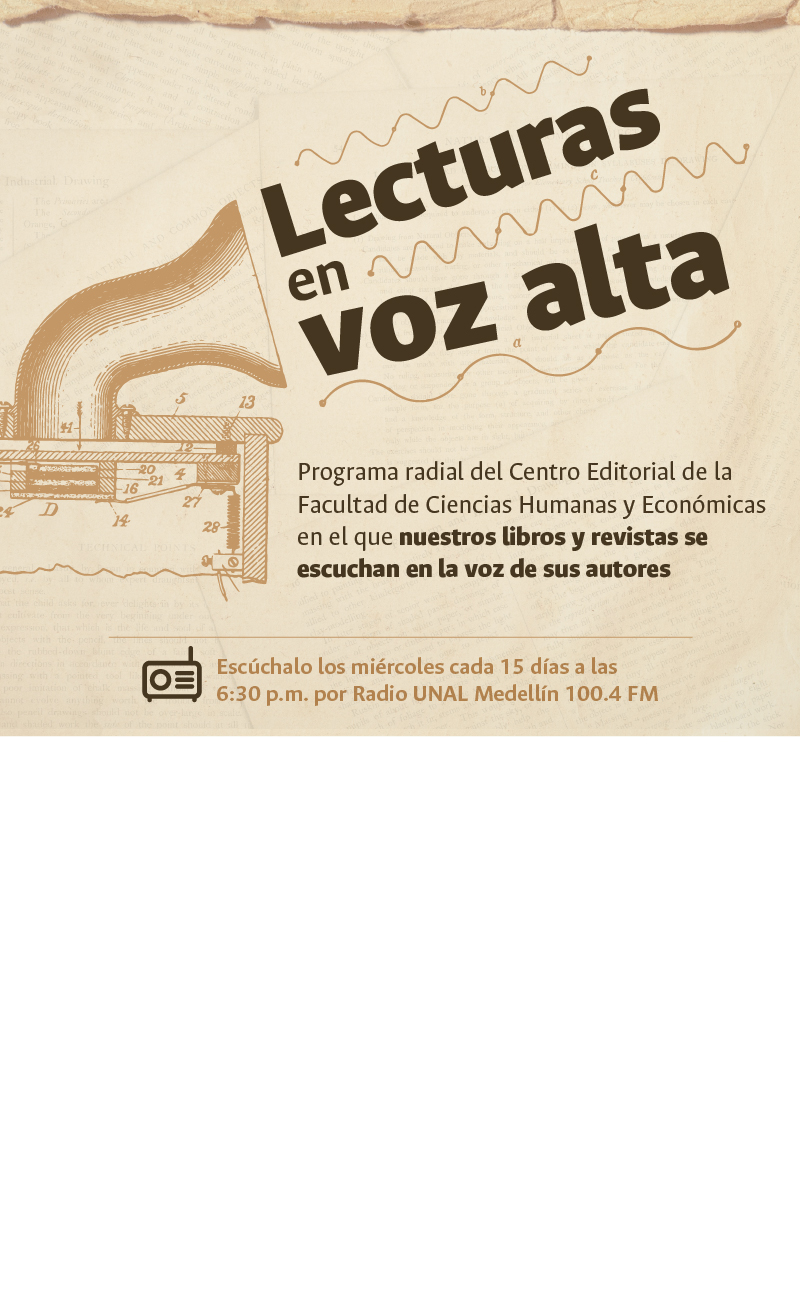Submissions
Submission Preparation Checklist
As part of the submission process, authors are required to check off their submission's compliance with all of the following items, and submissions may be returned to authors that do not adhere to these guidelines.- The submission has not been previously published or previously sent to another journal (or an explanation has been provided in Comments to / to the editor).
- The uploaded file is in Microsoft Word format.
- Web addresses have been added to the references where possible.
- The text adheres to the stylistic and bibliographic requirements listed in the Author Guidelines, which can be found in About the Journal.
- If submitting to a section of the journal peer-reviewed, you must make sure that the instructions in Ensuring a Blind Review have been followed.
Section Policies
Articles
Texts on research results.
Reviews
These documents are critical readings of recent writings, which must be located in a recent historiographical context. The extension of a critical review should be between 1000 and 2000 words.
Letters
These are critical, analytical or interpretive positions on documents published in the Journal, which in the opinion of the Editorial Committee are an important contribution to the discussion of the topic by the scientific community of reference.Review
Document results of completed research which analyzed, systematized and integrated published or unpublished research results, in order to render an account of the progress and development trends. It is characterized by a careful literature review of at least 50 references.Research
Document that presents, in detail, the original results of completed research projects. The structure usually contains four major contributions: introduction, methodology, results and conclusions.Reports
Document presents the results of a study on a particular situation in order to present the technical and methodological experiences considered in a specific case. Includes commented systematic review of the literature on similar cases
Assays
Reflections on theoretical, historiographical and methodological issues with local and regional emphasis.News
Offers titles recently published texts related to regional or local history, and books that theoretical, methodological or historiographicalCopyright Notice
The authors transfer the Copyright to the National University of Colombia, which will allow non-commercial use of the work, including the right to place it in a file, database or free access catalog.
This work is authorized by a http://creativecommons.org/licenses/by-nc-nd/4.0/



































